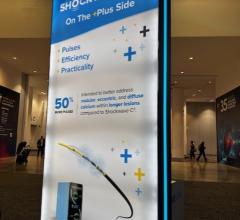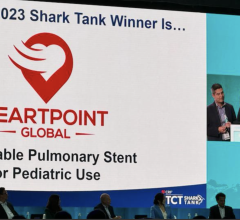
November 2, 2015 — Miracor Medical Systems GmbH announced that its PiCSO system was highlighted during the 2015 Transcatheter Cardiovascular Therapeutics (TCT) conference in San as offering new hope for cardioprotection during percutaneous coronary intervention (PCI).
Myocardial salvage and the need for cardioprotection for patients with acute myocardial infarction (AMI) was a focus topic at the conference.
“Despite recent improvements in the treatment of AMI, including shortened door-to-balloon times and advanced pharmacological strategies, survival has plateaued, and novel strategies are needed to reduce infarct size and improve clinical outcomes, especially in patients with large ST-segment elevation MI (STEMI),” stated Gregg W. Stone, M.D., professor of medicine at Columbia University College and director of cardiovascular research and education at the New York-Presbyterian Hospital Center for Interventional Vascular Therapies, during a symposium on novel strategies in PCI with focus on PiCSO Therapy. “In recent years, many approaches to improve reperfusion success and myocardial salvage have failed. Emerging data suggests that the effective delivery of PICSO improves myocardial perfusion and may reduce infarct size in STEMI patients,” he continued.
PiCSO is applied during the stenting procedure, directly following flow restoration, and increases myocardial perfusion and microcirculation, thereby preventing so-called reperfusion injury — damage to the myocardium caused by the stenting procedure itself.
“Further therapies to protect my patients — especially during complex PCI procedures — are needed. At San Raffaele Hospital, we have used PiCSO in elective, as well as acute, high-risk PCI procedures and are pleased to see that PiCSO can be applied without significant interruption of our standard workflows and without increasing the risk for the patient,” said Antonio Colombo, M.D., director of cardiovascular interventions at San Raffaele Scientific Institute, Columbus Hospital in Milan, Italy. “Once the PiCSO catheter is placed in the coronary sinus and connected to the PiCSO console, therapy is applied fully automatically so that I can focus on the stenting procedure, knowing that the patient’s heart is protected by PiCSO.”
For more information: www.miracormedical.com


 October 16, 2024
October 16, 2024 








